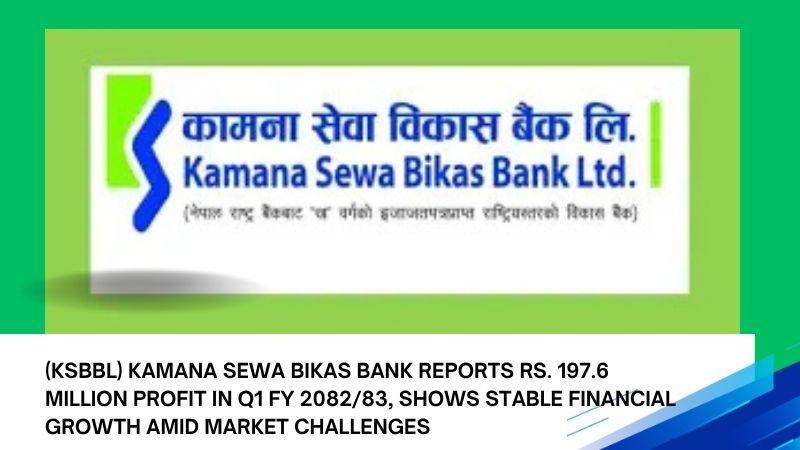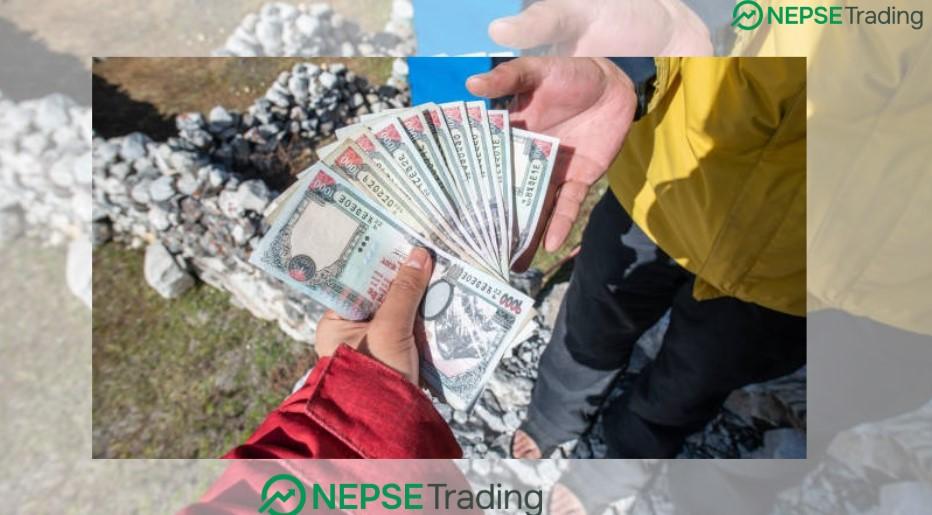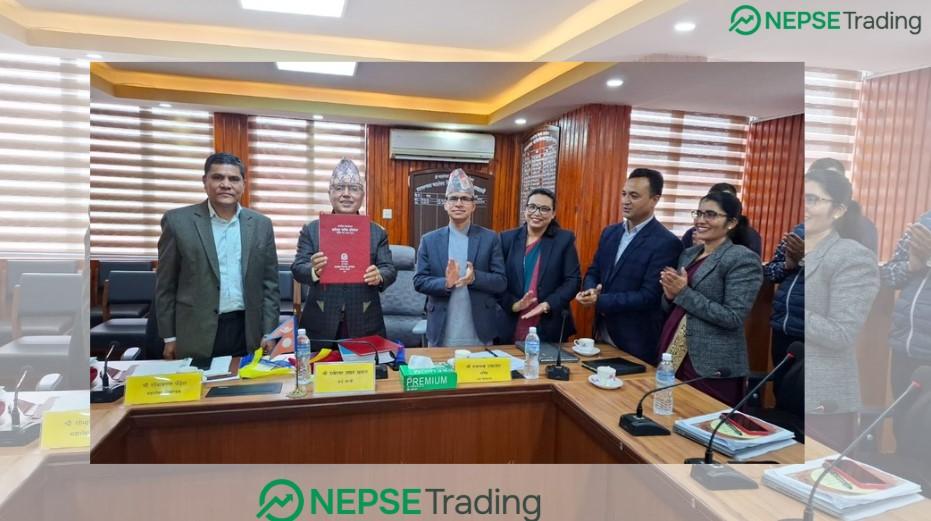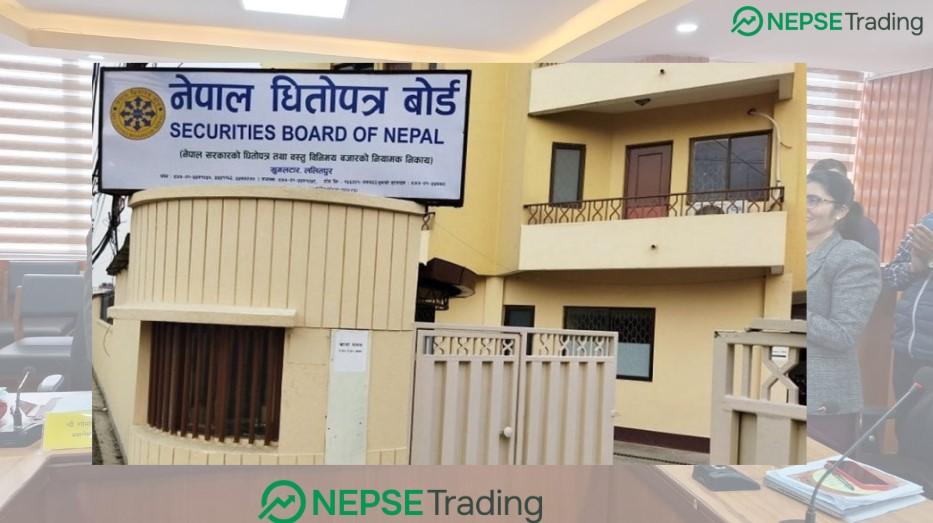By DIPESH TOP 10 RESEARCH TOP 10 RESEARCH
Nepal’s Foreign Trade Shows Signs of Recovery, but Structural Challenges Persist

Nepal’s foreign trade, which had been grappling with a prolonged contraction until recently, is exhibiting signs of recovery, according to the latest data released by the Bhansar Department (Department of Customs). The figures for the first eight months of the current fiscal year (mid-July 2024 to mid-March 2025) indicate a significant uptick in both imports and exports, resulting in an overall expansion of the country’s total foreign trade volume. However, a deeper analysis reveals that this growth masks underlying structural weaknesses that continue to hinder Nepal’s economic self-reliance.
Trade Figures Reflect Growth
The Bhansar Department’s statistics show that Nepal’s total foreign trade reached NPR 1.303 trillion (1 trillion, 303 billion, and 73 crore rupees) in the review period. This includes NPR 158.17 billion worth of exports and NPR 1.145 trillion in imports. Compared to the same period in the previous fiscal year, total foreign trade has surged by 15.29%, with exports growing by an impressive 57.20% and imports rising by 11.20%.
The sharp increase in exports has been hailed as a positive development, prompting the government to claim that foreign trade is regaining its momentum. Yet, experts caution that the numbers tell only part of the story, with the composition of Nepal’s export basket raising questions about the sustainability of this growth.
A Shift in Export Composition
Traditionally, Nepal’s exports have been synonymous with products like wool, carpets, pashmina, jute goods, readymade garments, and tea—items rooted in the country’s cultural and agricultural heritage. However, recent years have seen a dramatic shift in the export profile. Processed edible oils, such as palm oil, soybean oil, and sunflower oil, have emerged as the dominant players in Nepal’s export market.
In the first eight months of the current fiscal year, edible oils accounted for more than NPR 56.39 billion of the NPR 158.17 billion in total exports—over one-third of the export value. Soybean oil led the pack with NPR 47.94 billion, followed by sunflower oil at NPR 7.98 billion and palm oil at NPR 460 million. Other notable exports included carpets (NPR 7.21 billion), cardamom (NPR 5.84 billion), steel and iron (NPR 3.58 billion), jute (NPR 3.45 billion), yarn (NPR 3.41 billion), juice (NPR 3.31 billion), and tea (NPR 3.21 billion).
While the export of edible oils has bolstered trade figures, the reliance on imported raw materials to produce these goods paints a less rosy picture. Nepal’s domestic production of oilseeds—such as soybean, sunflower, and palm—is insufficient to meet even local demand, let alone support a burgeoning export industry.
Dependence on Imported Raw Materials
The Ministry of Agriculture and Livestock Development reports that oilseed crops, including soybean, mustard, flax, and sunflower, are cultivated on approximately 259,000 hectares nationwide, yielding just 300,000 tons of raw material annually. This output falls far short of domestic consumption needs, forcing Nepal to import substantial quantities of crude edible oils from countries like Indonesia, Malaysia, the Philippines, Thailand, Ukraine, Brazil, and Argentina.
In the review period, Nepal imported NPR 75.5 billion worth of crude edible oils, including NPR 51.35 billion in crude soybean oil, NPR 20.26 billion in crude sunflower oil, and NPR 3.85 billion in crude palm oil. Local businesses process these imported raw materials and export the refined products, primarily to India, Nepal’s largest trading partner.
This import-process-export model has been facilitated by trade agreements such as the World Trade Organization (WTO), the South Asian Free Trade Area (SAFTA), and special concessions under the Nepal-India Trade Treaty. The treaty allows goods with at least 30% value addition in Nepal to enter India duty-free, a privilege that Nepali businesses have leveraged to export processed oils. Meanwhile, India has increased tariffs on crude oil imports from other countries by 20 percentage points since August 2024, raising the duty to 27.5%, making Nepal’s processed oils more competitive in the Indian market.
Economic Implications and Policy Challenges
While this trade dynamic has boosted export figures, it has done little to strengthen Nepal’s domestic economy. The process involves spending U.S. dollars to import raw materials, only to earn Indian rupees upon export—a transaction that fails to enhance Nepal’s foreign exchange reserves or contribute meaningfully to gross domestic product (GDP). Critics argue that this model represents a hollow victory, as it does not foster self-sufficiency or create significant value within Nepal’s borders.
Moreover, anecdotal evidence suggests that some commodities, such as betel nuts, black pepper, cinnamon, and peas, are imported in excess of domestic needs and illegally re-exported to India through informal channels. This practice further undermines the economic benefits of Nepal’s trade activities.
The government’s ambitious “Integrated Trade Strategy 2080” (launched in 2023) aims to increase exports to 20% of GDP within five years. However, nearly two years into its implementation, progress remains sluggish. Currently, exports account for just 2.75% of GDP, and their share of total trade stands at 12.13%. The heavy reliance on imported raw materials for export production suggests that achieving this target will require a fundamental rethinking of Nepal’s trade policies.
A Path Forward?
For Nepal to build a resilient and self-reliant economy, experts emphasize the need to prioritize domestic production over the reprocessing of imported goods. Expanding commercial cultivation of oilseeds, improving agricultural infrastructure, and incentivizing local industries could reduce dependence on foreign inputs and create a more sustainable export base. Additionally, cracking down on informal trade practices could ensure that the benefits of exports accrue to the national economy rather than being siphoned off through illicit channels.
While the recent growth in foreign trade is a welcome sign of recovery, it is clear that Nepal’s economic ambitions remain constrained by structural vulnerabilities. Without addressing these underlying issues, the country’s export boom may prove to be a fleeting success rather than a stepping stone to long-term prosperity.









